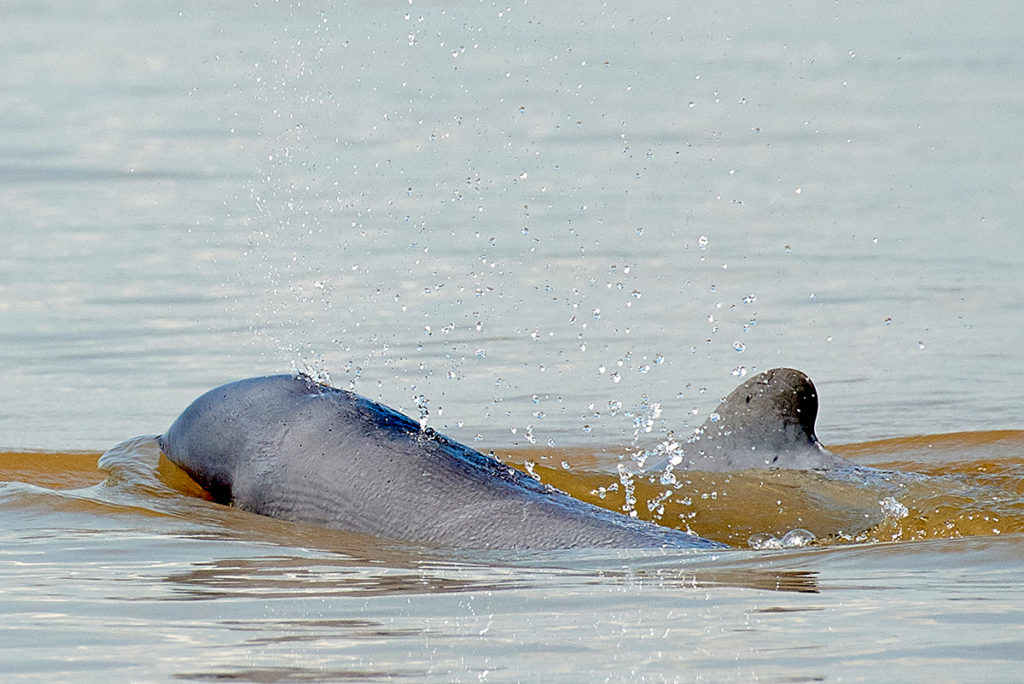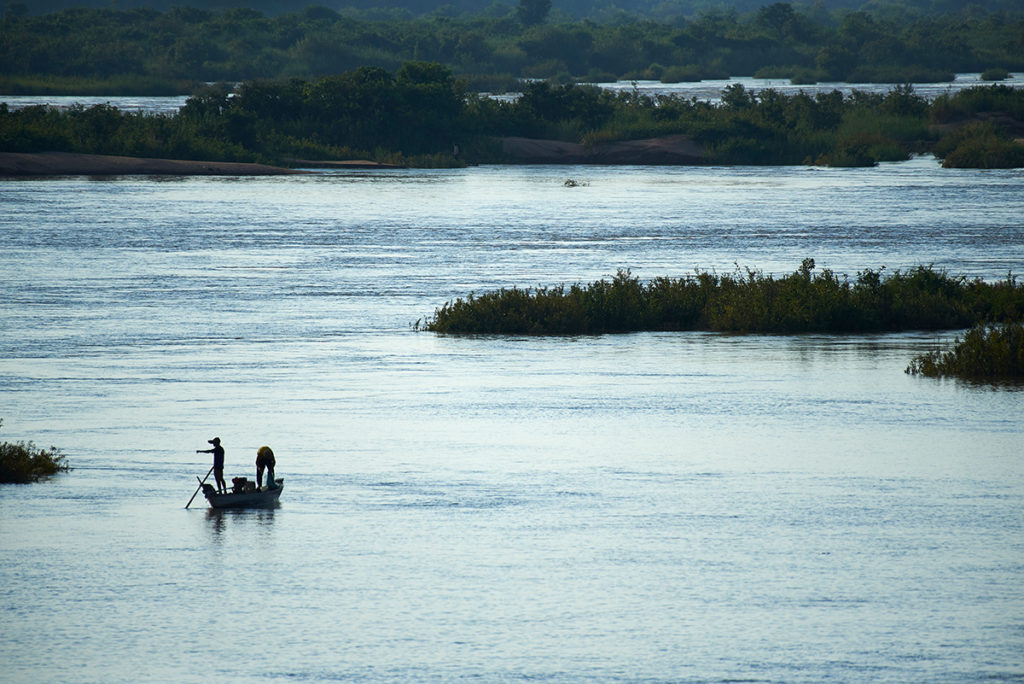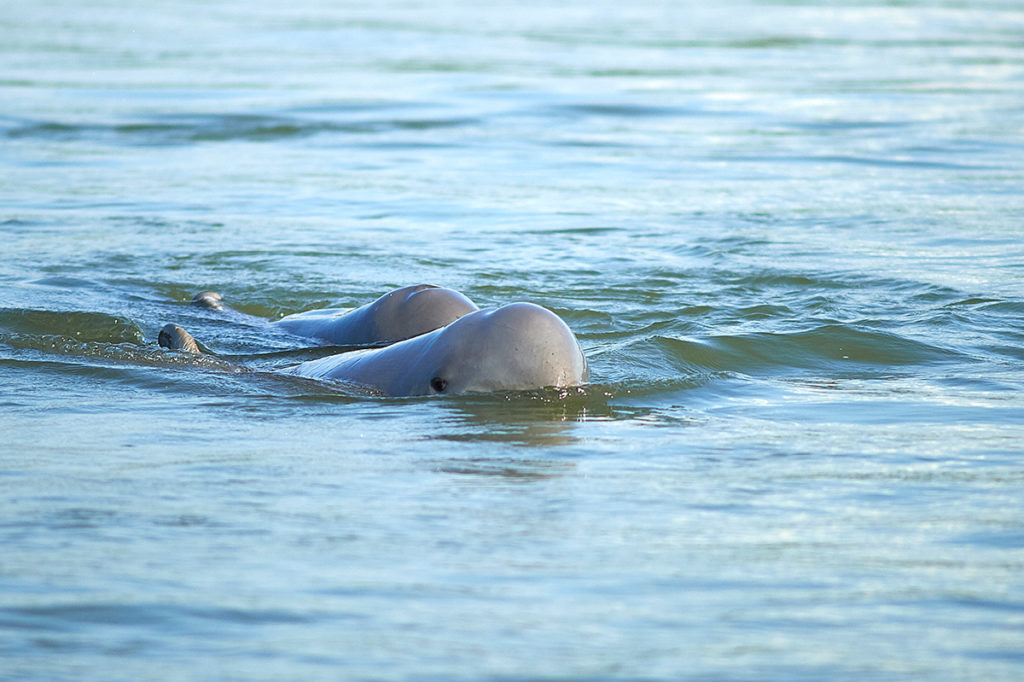Mekong advocates fear the dam would degrade the dolphins’ habitats, challenging their survival
Shortly after the Cambodian government as well as WWF just congratulated on the increase of the population of Irrawaddy Dolphins, rare to the Mekong River, from 80 to 92 last year, the arrival of the news that a new dam, Sambor, is planned on the mainstream river in Kratie province has prompted concerned parties to become concerned about the dolphins’ fate.
The Irrawaddy Dolphin, being listed on the IUCN Red List of Threatened species, is regarded among ecologists here as one of the most critical indices of the Mekong’s health, especially the population in Kratie, which is remoted and isolated.
As such, the population in Kratie has been well taken care of by conservation organisations as well as the Cambodian government itself to ensure that their population is always sustained as well as the chance of their survival.
The area has over the years developed into a ground for eco-tourism in replacement of illegal fishery, which in turn poses threat to the population and the environment.
Despite good care, the news about the Sambor dam construction plan has dampened the concerned parties’ hopes of the species’ survival. The dam, if built, would run across the river with its 18 km-long barriers and has an 82km-long reservoir to generate and supply electricity to the growing businesses and industry in Cambodia, especially after the influx of Chinese investments.
What would be traded to the growth of the country’s economy is the rich biodiversity of the Mekong, the dolphins included, which has long fed upto 80% of Cambodia’s population, as well as residents in her neighbouring countries of Thailand, Lao PDR, and Vietnam.
The existence or the disappearance of Irrawaddy dolphins is therefore not something totally isolated but linked to others’ fates. Any impacts on the mean impacts on the environment which in turn would one day affect citizens of the Mekong_no matter where they live.





Read more: the Mekong at a Crossroad






